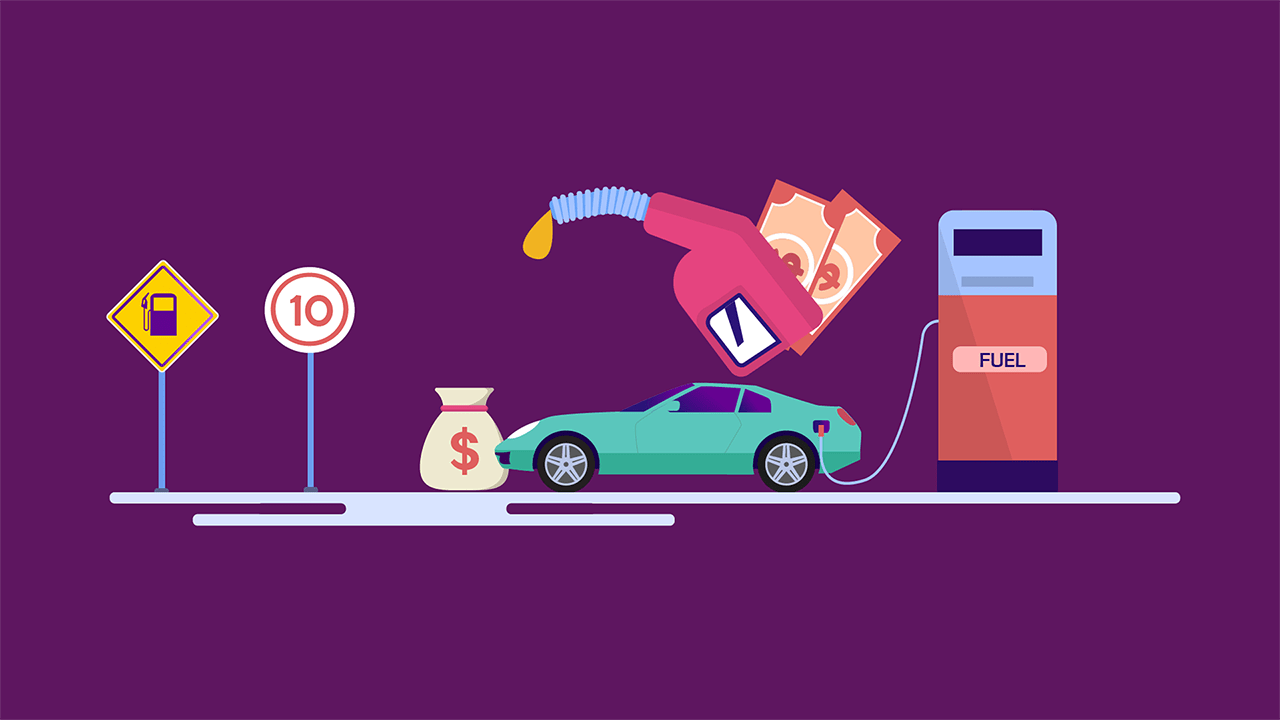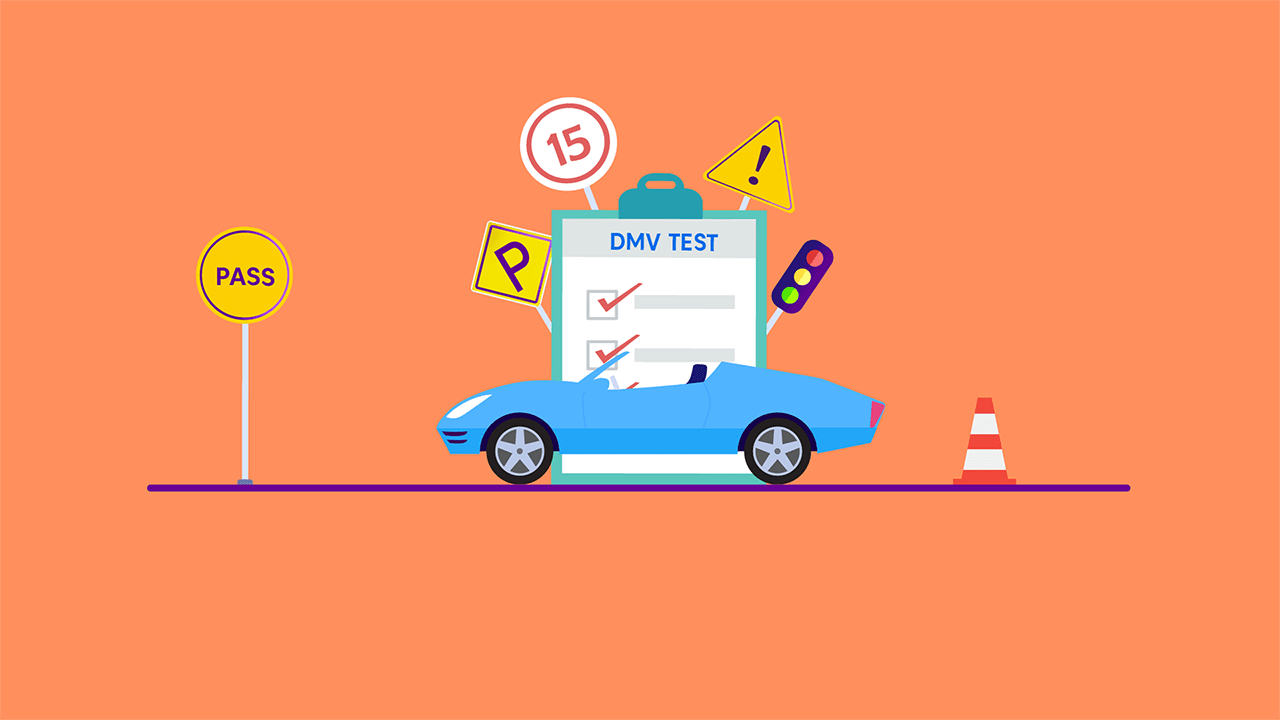10 Driving Tips for New Drivers - Key Advice for Beginners!
By Umm e Hani on Apr 19, 2024Contents
Starting as a new driver can be thrilling and tough. To guide you safely through the roads, we've gathered the ten most important driving safety tips for new drivers.
It's a journey filled with excitement, but also responsibility. These driver safety tips will help you become a confident and safe driver.
Top 10 Driving Tips For Beginners
1. Stay Focused
This means keeping your mind on driving. Don't get distracted by things like texting, eating, or fiddling with the radio while you're behind the wheel.
Staying focused is crucial because it helps you react quickly to what's happening on the road, making your driving safer for you and everyone else. So, when you drive, put your full attention on the road and avoid distractions. Your safety is the top priority.
2. Buckle Up
Before you start driving, make sure to fasten your seatbelt. Seatbelts are super important because if there's an accident, they keep you secure and protect you from getting hurt.
So, every time you get in the car, remember to buckle up. It's a simple step that can save lives and make your driving safer. Your safety is worth it.
3. Follow Speed Limits
Following speed limits means driving at the speeds you see on road signs. It's important because those limits are set to keep you and others safe.
Going too fast can make it hard to stop in time if something unexpected happens. So, always pay attention to those speed limit signs and drive at a safe speed. It's a key part of being a responsible driver.
4. Maintain Safe Distances
When you drive, it's smart to keep some space between your car and the one in front of you. This space helps you stop safely if you need to.
If you're too close, you might not have enough time to stop and could end up in a crash. So, always give yourself enough room to stay safe. It's a simple but vital rule of the road.
5. Use Turn Signals
Using turn signals means letting other drivers know what you're about to do, like changing lanes or making a turn.
These signals are like your way of saying, "Hey, I'm going this way." They help prevent surprise moves on the road and keep everyone safe. So, don't forget to use your turn signals whenever you need to show your driving intentions. It's a great way to share the road responsibly.
6. Obey Traffic Signs
Pay attention to traffic signs and signals on the road. They are like instructions that tell you what to do and what to expect.
For example, a stop sign means you must come to a complete stop, while a green light means you can go. Following these signs keeps traffic organized and safe. So, always obey the signs to make your driving smoother and avoid accidents.
7. Avoid Tailgating
Tailgating is when you drive too closely behind the car in front. It's not safe.
Leaving enough space between your car and the one in front gives you time to react if they suddenly stop or slow down. It's an important way to prevent accidents. So, keep a safe distance to stay out of trouble on the road. Your safety matters.
8. Watch for Pedestrians
When you're driving, be extra careful near crosswalks and places where people might walk.
Pedestrians can be hard to see, especially at night or when they're crossing the road. So, always look out for them, and be ready to stop if they're in your path. It's all about keeping everyone safe while you're on the road.
9. Practice Defensive Driving
Defensive driving is about being ready for unexpected actions by other drivers.
It means staying alert and prepared, so you can react to sudden changes in traffic. This way, you can avoid accidents caused by the mistakes of others. Defensive driving is a smart way to stay safe on the road.
10. Stay Calm in Traffic
Traffic can be frustrating, but it's important to stay calm and patient.
Getting angry or upset while driving can lead to risky behaviors. So, take deep breaths, stay cool, and focus on driving safely. Your calm attitude can help prevent accidents and make the road safer for everyone.
Remember, learning how to drive and becoming a skilled and safe driver takes practice. Follow these tips for new drivers, and you'll be on the right track to being a responsible and confident driver. Safe travels!
FAQ
How Long Does It Take To Learn How To Drive?
The time it takes to learn to drive varies, but it involves several weeks of practice and lessons. Most new drivers need at least 20-50 hours of practice to become proficient, but it can take longer or shorter depending on individual progress.
How To Be A Better Driver?
To become a better driver, practice defensive driving, always stay alert, and avoid distractions. Continuously improve your skills by taking advanced driving courses and be mindful of road rules and safety.
Why Is Driving A Car An Important Responsibility?
Driving is a significant responsibility because it involves the safety of yourself and others on the road. The potential for accidents means that drivers must follow rules and drive attentively to prevent harm.
How To Drive A Car For The First Time?
When driving for the first time, ensure you've received basic instruction and hold a learner's permit. Start in a quiet area, learn to control the car, practice parking, and gradually ease into traffic as your confidence grows.
What Is The Most Important Step In Safely Changing Lanes?
The crucial step is to check your blind spots and use your turn signal. This ensures that no vehicles are hidden from your view and alerts other drivers to your intentions.
What Is The First Thing You Should Do Upon Entering Your Vehicle Before Driving?
The first thing is to adjust your seat and mirrors to ensure proper visibility and comfort. Fasten your seatbelt and make sure your passengers do the same.
What Is The Most Important And Safest Thing A Driver Should Do Just Before Driving Away?
The most important thing is to check that your surroundings are clear, and it's safe to move. Look for pedestrians, check your mirrors, and ensure there are no obstacles in your path.
What Are The Three Levels Of Higher Driving Skills?
The three levels of higher driving skills are anticipation, concentration, and adaptability. Anticipation involves predicting other drivers' actions, concentration is staying focused, and adaptability is adjusting to changing road conditions.


